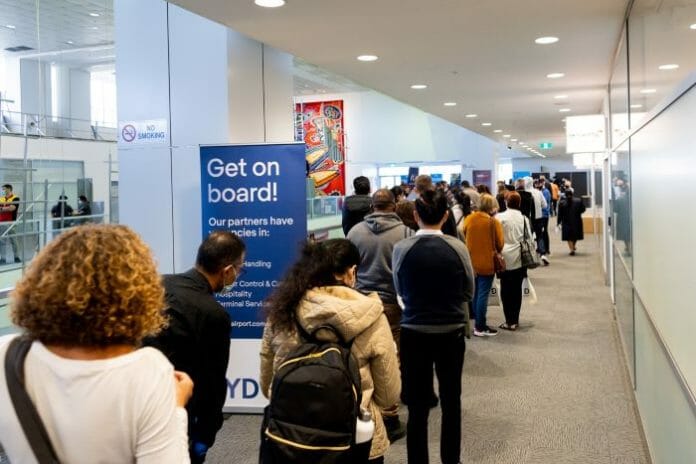One of the biggest challenges facing countries around the world is the very tight job market. Unemployment is at historically low levels and while that is a good thing, we must be mindful of the challenges that it can create. If you’ve recently been renovating or running a business, you’ll know how hard it is to find people to do work for you because they have many, many other opportunities. It’s a very tight competition for labour.
A jobs market that is too strong creates inflationary pressure, particularly in geographies like Europe where the fundamentals are a bit different, and people tend to stay in jobs longer than say the UK or United States. Australia is probably somewhere in the middle. A strong Australian jobs market means two things for real estate investors.
First, it means people can afford to pay higher mortgages. The home is the last asset to sell and most households will probably cut back on many things before selling the family home due to rising mortgage costs. Especially if they have strong employment prospects. That explains why listings in Sydney and Melbourne continue to be very low by historical standards.
According to the latest data from SQM Research, homes listed for sale in Sydney fell by 15% in December compared to November.
People that can afford to hang on are doing so because there aren’t many other alternatives.
The second impact of a strong jobs market is pressure to increase migration, and that is exactly what is starting to happen in a post-pandemic world. Australia’s net overseas migration is now back to pre-pandemic levels. Migrants from around the world are going to flock to countries with strong employment, adequate healthcare systems and places with a competitive standard of life offering.
Strong overseas migration is very different from interstate migration. We saw the seaside suburbs enjoy a boom during the pandemic because people moved to places where they could enjoy the outdoors and work from home. Migrants coming to Australia want to connect into communities and hubs, offering them the greatest chance of settling in. The big cities are on their way back.
We’ll continue to see strong rental demand for Sydney and Melbourne, particularly apartments, which are a cheaper and more agile option. While pandemic interstate migration drew people to places like the Gold Coast, that trend could reverse as the bigger cities get back.
Take a walk down Sydney or Melbourne CBD on any weekday and you will see that cities are making a comeback. We might not be back to a 9-5pm, 5-day workweek, but big cities aren’t dead either. Sports, community, arts…these things are all pulling points to get people back into the major cities once again.
Things are coming back to life, and we could be on the cusp of a new property cycle which usually starts when everyone is consumed by the addictive, bad news cycle. Now is the time to be looking forward to the next migration boom and investing accordingly.
Market insights and analysis from Peter Esho, economist and co-founder at Wealthi.









